If you want to see what cats were like in ancient times, you don't need to resort to fossil reconstructions.
A species that emerged some twelve million years ago, the Manul or Pallas's Cat (Felis Manul), is still alive today.
It was one of the first two modern cats to appear on the tree of life.
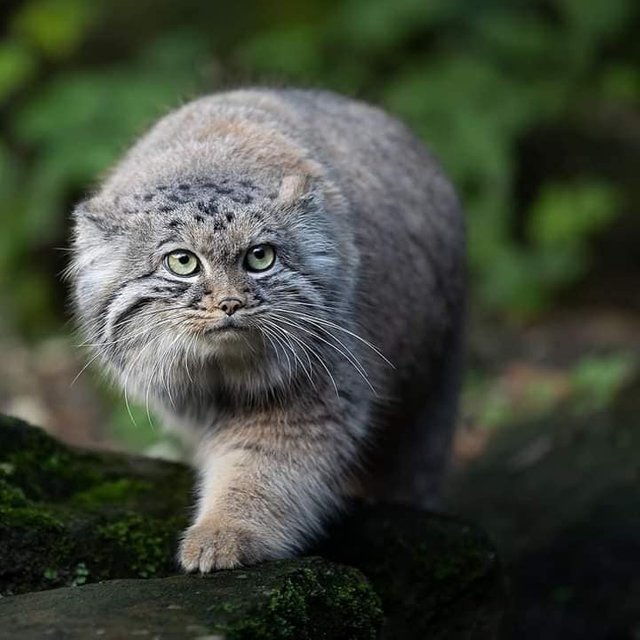
The other species, Felis lunensis, is now extinct.
It has the size of domestic cats but a thicker and more abundant coat.
It has managed to survive throughout all this time due to its isolated conditions.
They inhabit the steppes of Asia, always at high altitudes.
They can be found in India, Pakistan, China, Mongolia, Afghanistan and Turkmenistan.
Unlike domestic cats, Manuls have round pupils, shorter legs and smaller, more widely spaced ears.
This animal was seriously threatened by human hunting for its fur.
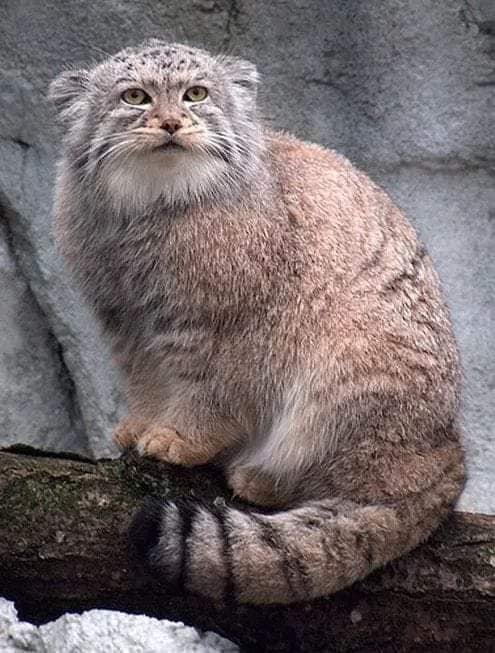
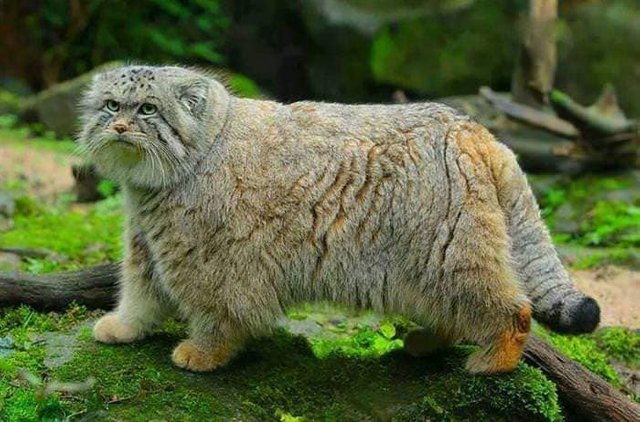
The Manul is not a domestic animal and is difficult to breed in captivity due to its high mortality rate from common cat diseases.
It is a carnivorous animal of nocturnal habits that feeds on pikes and birds.
It also receives the name of Pallas' cat, when it was classified by the Russian zoologist Peter Simon Pallas, in 1776, who catalogued it as Otocolobus Manul.
It has recently been reclassified in the genus Felis.
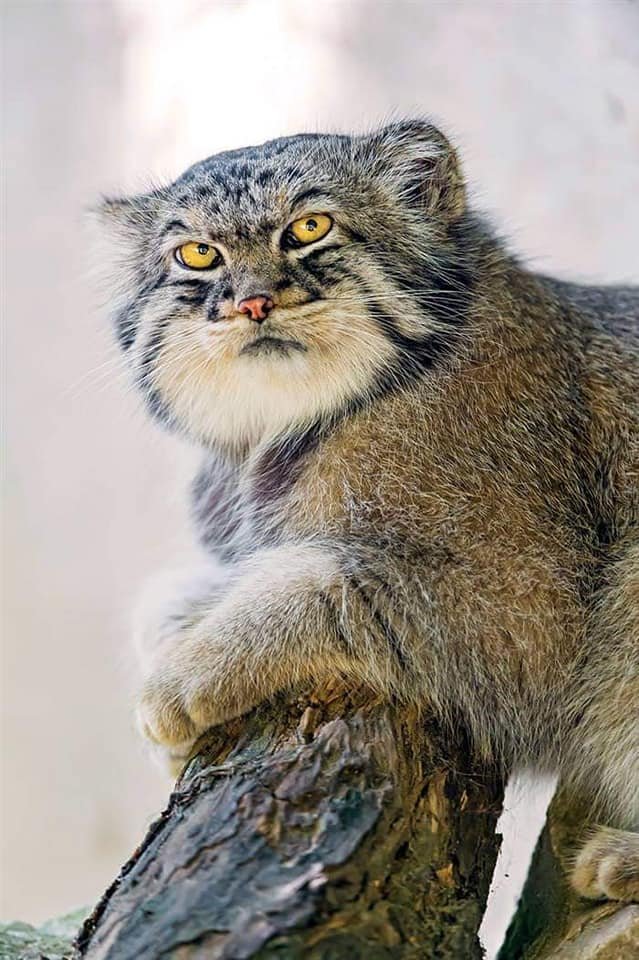
Russia's rich and varied nature is home to thousands of animal species.
This species of wild cat has become very popular in Russian social networks due to its 'cuddly' appearance.
Despite looking quite plump and large, manuls are similar in size to a domestic cat.
The culprit for their adorable appearance is their fur, which is longer and denser than that of any other known feline
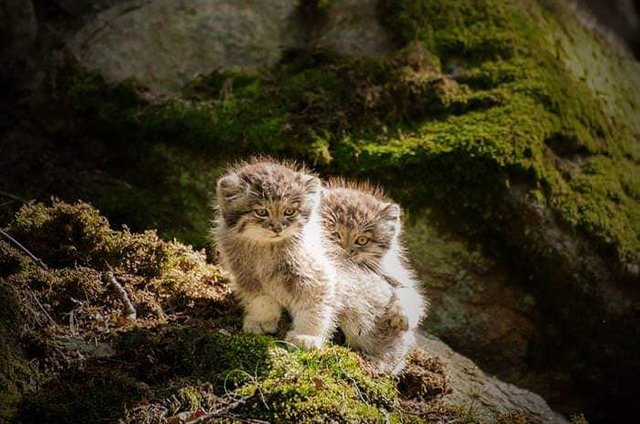
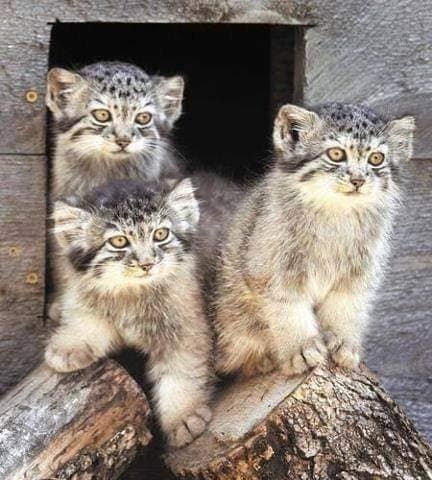
hope you like my post..